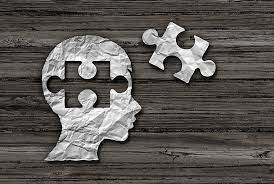The number of individualities with madness is anticipated to increase worldwide, given the projected trends in population ageing and population growth. In addition, strong substantiation has surfaced supporting the significance of potentially adjustable threat factors for the complaint.
According to a study published in the Lancet Public Health, the number of people aged 40 and above living with madness encyclopedically is anticipated to nearly triple from an estimated 57 million in 2019 to 153 million in 2050, primarily due to population growth and geriatric people.
The study aimed to ameliorate former vaticinations of madness frequence by producing country- position estimates and incorporating information on named threat factors.
Madness manifests as a set of affiliated symptoms, which generally surface when a complaint or injury damages the brain. The symptoms include progressive impairments in memory, geste, and thinking, which negatively impact performing and carrying out routine work. Away from memory impairment and dislocation in study patterns, the most common symptoms include emotional issues, difficulties with speaking, and lower provocation.
Number Of Cases Increased By 197 Per Cent
The study added that the number of people with madness will increase by 197 per cent between 2019 and 2050 in India.
While cases were recorded in 2019, the number is anticipated to touch in 2050.”We plant increases in every country, and in India, we estimate that the number of people with madness will increase by 197 between 2019 and 2050. These increases are due generally to population ageing and population growth, but trends in the frequence of threat factors for madness, like smoking, rotundity, and high blood sugar, are also anticipated to have an effect,” lead author of the study Dr Emma Nichols from the Institute for Health Metrics and Evaluation (IHME) at the University of Washington, USA, told The Indian Express.
The number of persons affected by madness encyclopedically was estimated to have increased by 117 per cent (95 query interval between 1990 and 2016), substantially due to population ageing.

